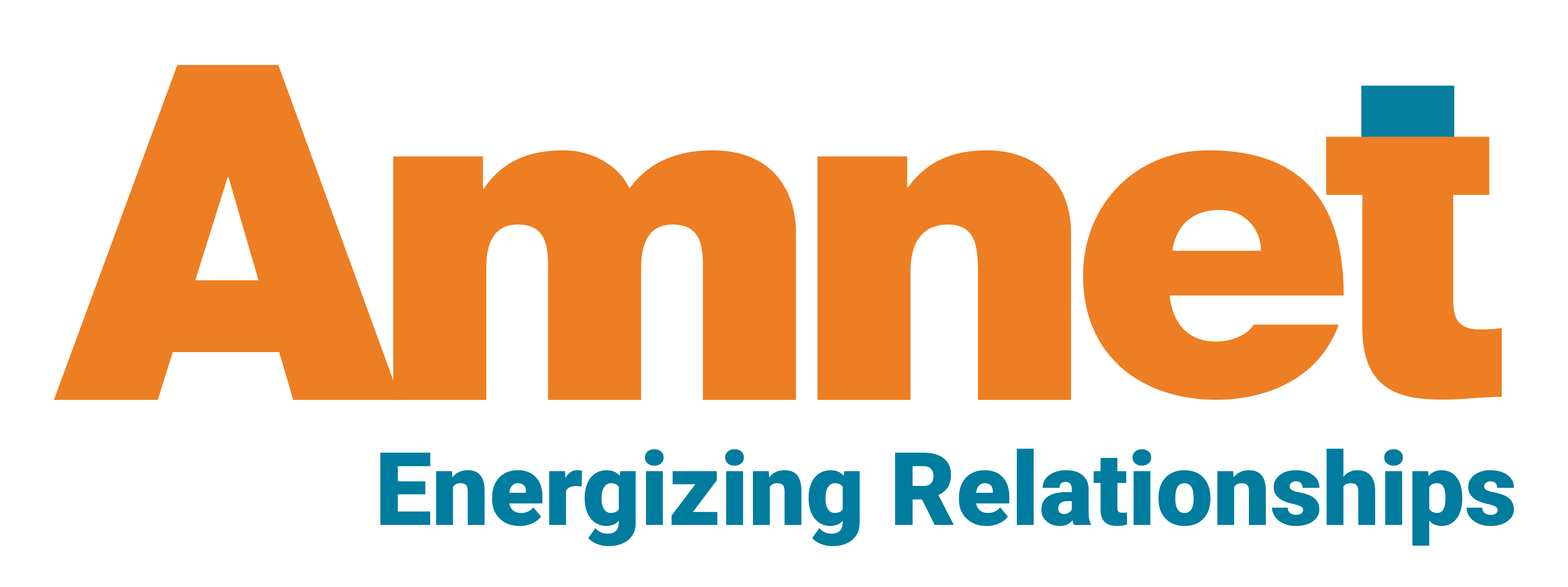
Curriculum Development for K–12: An Overview
Curriculum development is determining what information students learn and how they learn it in an academic session. A good K–12 curriculum specifies what subjects are appropriate for that group and sets the goals and the means to achieve them with a clear road map. It factors in students’ mental abilities, existing knowledge, and resources to deliver a smooth and effective learning experience.
Why is it important?
The K–12 curriculum is the foundational course for our students, as they are the future of our world. It equips them with the knowledge and skills they will utilize as they grow and specialize in their choice of subjects or when they enter the job market. In the United States, 50.5 million students are enrolled in K–12 education. The K–12 curriculum development defines what students need to learn in the course and the best way to do so. It fosters knowledge of core concepts and skills that are expected to be beneficial for students later in life.
The process of curriculum development
Analysis: What we have
Curriculum development starts with the evaluation of existing programs and identifying key issues and trends. Allocate resources and staff to complete the curriculum development process and implement it, and offer training if required.
Design: What to teach
Developers create a blueprint with the overall plan for the curriculum with requirements, guidelines, and timelines in mind. Subject matter experts and education experts define grade-level course goals and objectives.
Develop: How to teach
Content creators develop engaging, high-quality lesson plans and learning materials with reliable sources. They identify areas for measurable learning objectives, assessments, and techniques in the teaching-learning process. Teachers provide inputs on curriculum development and also train to educate students. The curriculum must include activities and tasks that hone study and language skills.
Implement and improve
Implement the curriculum after reviewing the content and assignments. Based on the feedback from teachers and students, make changes and adjustments to fine-tune the curriculum. It should always be flexible, with room for improvement. Revise with up-to-date content as time goes on.
Types of curriculum development
1. Subject-centered design
It focuses on the subject, determines the topics of study, and develops ways to reach a level of good understanding in the subject. It enables students to explore new topics and facts and generate ideas and skills.
2. Learner-centered design
This type of curriculum development meets the requirements and goals of each student and gives them opportunities to take control of their education. It encourages independent learning under the teacher’s guidance. Through relatable tasks and assignments, the curriculum urges students to converse and collaborate with their peers.
3. Problem-centered design
Students find solutions to problems through real-life issues and scenarios. It cultivates creativity, innovation, careful observation, problem-solving skills, and the ability to gainfully apply one’s knowledge.
It is always better to partner with experts to develop a K–12 curriculum. Amnet is a specialist in K–12 content curriculum, and our developers deliver content that aligns with current trends in the eLearning industry. Our syllabi, lesson plans, and course content maps ensure an enriching experience for both students and teachers. Click to connect with us and transform your academic offerings.
Sources
https://www.acadecraft.com/k12/curriculum-development-services/
https://portal.ct.gov/-/media/SDE/Health-Education/curguide_generic.pdf
https://www.weareteachers.com/curriculum-development/#:~:text=Curriculum%20development%20is%20the%20process,appropriate%20for%20the%20learning%20group
https://www.iitms.co.in/blog/curriculum-development-models.html
https://www.statista.com/topics/12130/k-12-education-in-the-united-states/#:~:text=The%20K%2D12%20education%20system,market%20in%20the%20United%20States

Thank you for Subscribing!
The confirmation link will be sent it to
your mail
RELATED POSTS
-
 K-12 Publishing
K-12 Publishing -
 K-12 Publishing
K-12 Publishing -
 K-12 Publishing
K-12 Publishing



